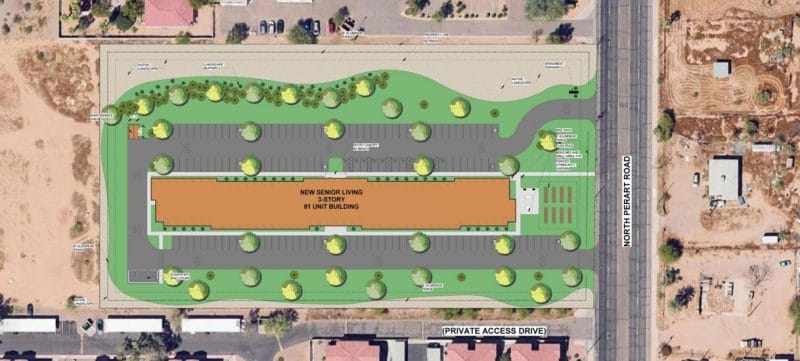(Disclosure: Rose Law Group Founder and President Jordan Rose is a member of the Barrow Neurological Foundation Board of Trustees and is co-chair of the technology committee.)
By Barrow Media Relations
The first participant in Neuralink’s PRIME Study recently demonstrated the ability to use brain activity to command an external device. The successful procedure for Neuralink’s N1 Implant was performed earlier this year at Barrow Neurological Institute, located in Phoenix, Arizona. Neuralink calls this early, encouraging step a significant milestone for its wireless brain-computer interface (BCI) and, importantly, for adults with quadriplegia due to ALS or spinal cord injury.
“Barrow Neurological Institute is world-class in its level of surgical expertise. They move with lightning speed to deliver quality care for their patients and to advance medical research. It has been a true pleasure working with them as our first site, and we look forward to a continued productive partnership,” said DJ Seo, President and Chief Operating Officer at Neuralink.
Barrow Neurological Institute, a recognized global leader in harnessing new technologies, was selected as the inaugural site for the Neuralink PRIME Study based on its expertise in caring for patients with the most complex of neurological conditions. With more than 300 active clinical trials currently underway, the Institute is committed to advancing the field of neuroscience and ensuring patients have access to an array of innovative treatment options. Francisco Ponce, MD, Chief of Stereotactic and Functional Neurosurgery at Barrow Neurological Institute and one of the investigators for the PRIME Study, said, “Barrow is dedicated to improving the quality of life of our patients, and we are proud to be part of this novel research that leverages medical and computer technology to potentially and profoundly impact the lives of people living with a disability.”
The Neuralink PRIME Study is the first of its kind and is currently open to adults with quadriplegia due to vertical spinal cord injury or ALS who are 22 or older and have a caregiver who will support their participation in the study.
“Barrow Neurological Institute has long been a leader in bringing new technologies to the operating room in order to improve patient outcomes and advance clinical care,” says Michael T. Lawton, MD, President and CEO at Barrow Neurological Institute. “It is fitting that we are collaborating with Neuralink on the PRIME Early Feasibility Study. This is precisely the type of pioneering research that is an integral part of the Barrow mission.”
Approximately 18,000 people have spinal cord injuries (SCI) each year in the United States; resulting in an estimated 302,000 people living with SCI from a traumatic event. “When an injury occurs to the essential nervous system, it can disrupt this entire communication process. This can affect a person’s ability to perform everyday tasks. We remain hopeful that a BCI device may enable a digital bridge between the brain and spinal cord to potentially improve the quality of life for people with severe spinal cord injuries,” said Rory Murphy, MD, neurosurgeon and associate professor in the Department of Neurosurgery at Barrow Neurological Institute and an investigator at Barrow for the PRIME Study.
An initial assessment of the safety and usability of Neuralink’s devices will be submitted to the FDA in the coming months. For further information please see www.neuralink.com.
About Neuralink
Neuralink was founded by Elon Musk to create a generalized brain interface to restore autonomy to those with unmet medical needs in the near term and unlock human potential in the long term. To learn more about Neuralink, please follow us on X, YouTube, LinkedIn, and our blog.








